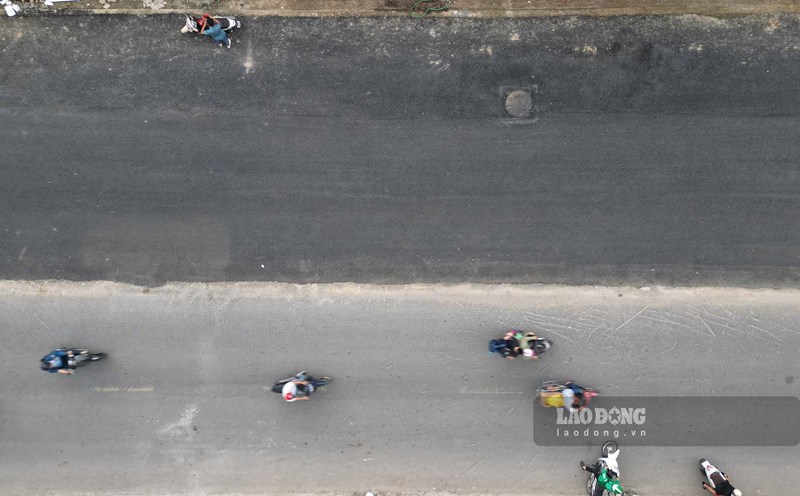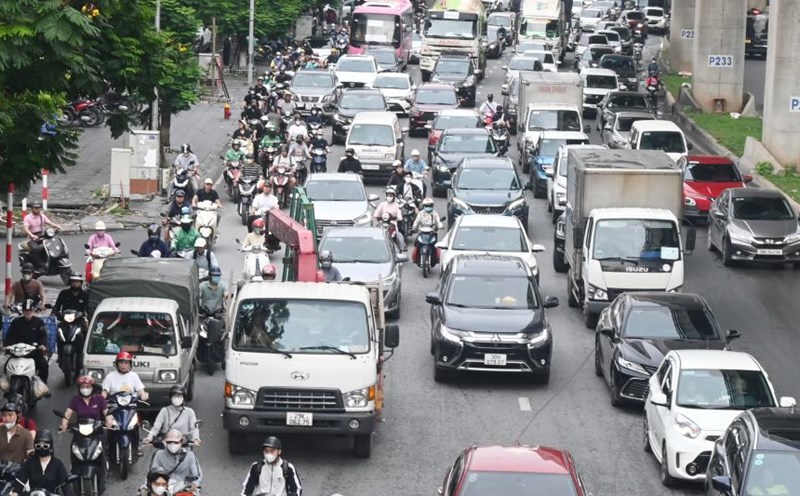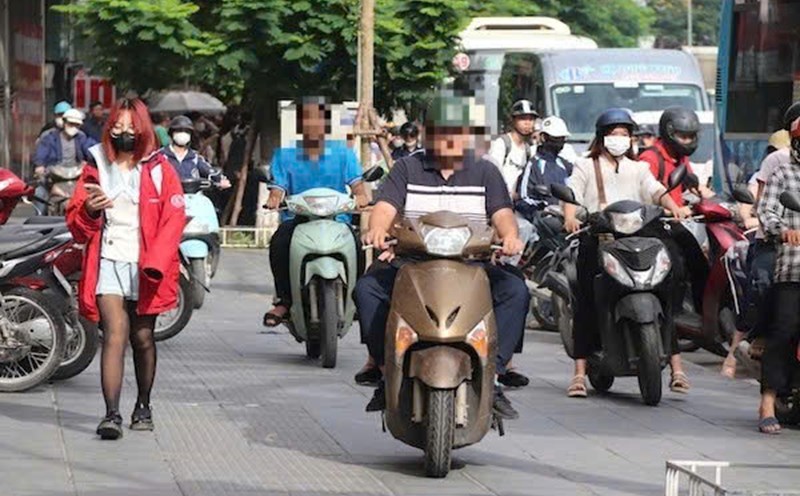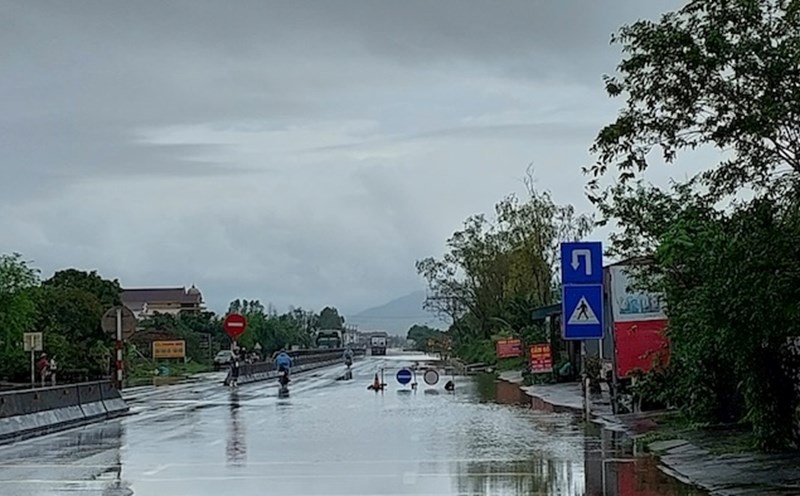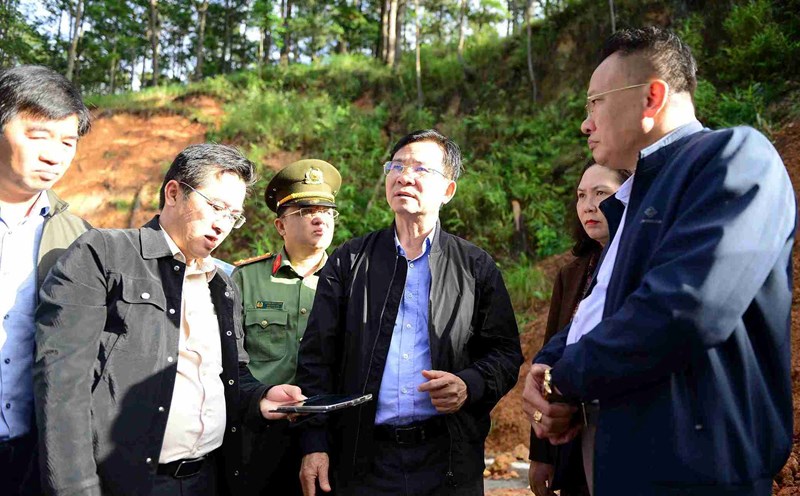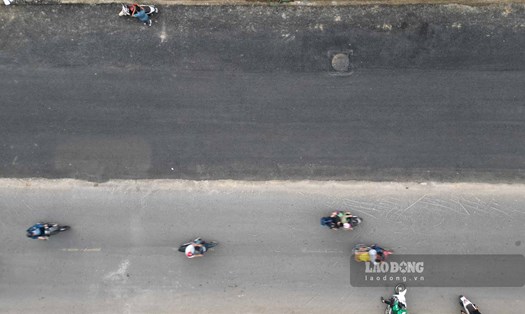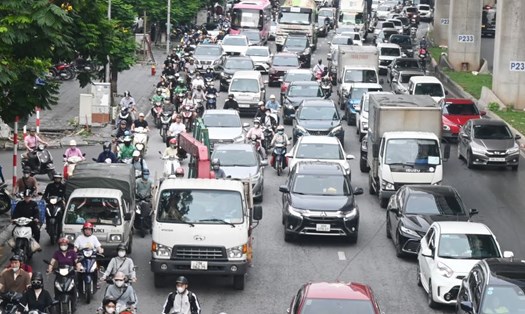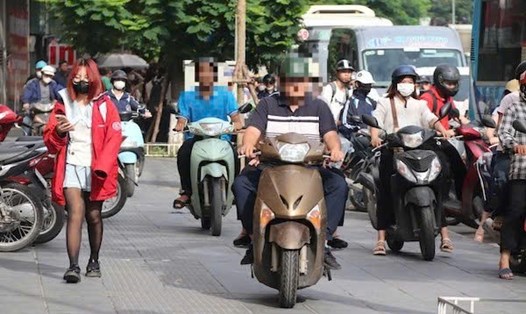According to statistics, in the 2025-2026 school year, the whole city will have more than 2.3 million students, an increase of about 60,000 students compared to the previous school year. Of which, the public sector accounts for nearly 78%. In addition, Hanoi currently has 97 universities, academies and 33 colleges, equivalent to 1/3 of the number of schools and 40% of the total number of students nationwide.
At the same time, students left school, parents took their children to pick up and drop off on the street, causing many streets, especially around school gates, to be seriously congested. Normally, it takes 10-15 minutes from my house to Nghia Tan Secondary School, but during peak hours it sometimes takes more than 30 minutes due to traffic jams, said Ms. Nguyen Kim Chi (in Vong Thi, Tay Ho).
Not only parents, but also the people of the capital have to face traffic congestion every day. Outside of rush hour, the average speed of cars in the inner city is only 20-30km/h. In the morning and afternoon, traveling becomes a tiring journey, especially when passing through areas with many schools.
Traffic experts say that arranging shifting between school hours and working hours is one of the short-term solutions that can be implemented immediately to reduce traffic pressure. However, this measure is only effective when implemented synchronously with other solutions such as traffic reorganization, public transport development, personal vehicle control, etc.
Dr. Nguyen Dinh Thao, lecturer at Hanoi University of Transport - Director of the overall project "Reducing traffic congestion in Hanoi in the period of 2025-2030", said: "Solutions for arranging shifted school hours and working hours are feasible in the current context, when science and technology allow learners and workers to be flexible in time and space. However, before issuing regulations, the city needs to conduct a detailed survey of the current status of school hours and working hours of each business and school block to determine where there is room for expansion without causing great disruption".
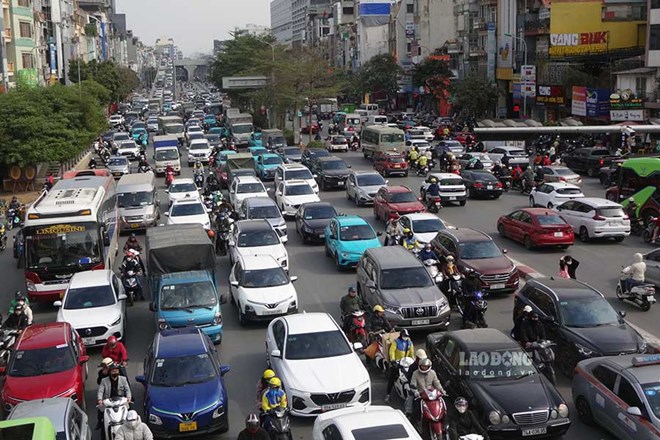
According to Mr. Thao, adjusting school hours - working hours cannot be done independently, but must be part of a series of comprehensive solutions, along with improving infrastructure, reasonable traffic flow and promoting online work in some appropriate areas.
Master Vu Anh Tuan, lecturer in the Department of Transport Planning and Management (University of Transport), said: In early 2024, Hanoi had 33 traffic congestion points; by November 2024, although 13 points had been handled, 16 new points had arisen, bringing the total to 36. Previously, the congestion only lasted about 1 hour in the morning and 1 hour in the afternoon, now it has spread to noon".
According to statistics, Hanoi currently has more than 5,200 headquarters and career facilities, the number of people moving around at the same time puts great pressure on the already overloaded traffic infrastructure.
According to Mr. Tuan, the demand for travel in 2005 was only 1/3 of today, and doubled every 7-8 years. Therefore, urban traffic management must rely on a regular monitoring and measurement system to promptly adjust policies, divert traffic and manage vehicles more flexibly.
Associate Professor, Dr. Doan Minh Tam, former Director of the Institute of Transport Science and Technology, said that although adjusting school hours and working hours can contribute to reducing vehicle density at the same time, when implementing, there will be many technical and organizational problems. Reducing congestion is not only a technical problem, but a social problem. Success depends on the coordination of many sectors and levels, and cannot be assigned to technical units alone," Mr. Tam emphasized.
Experts agree that, in order to reduce congestion sustainably, Hanoi City needs to synchronously deploy many solutions: Reorganize urban space, strongly develop public transport, apply smart management technology and reasonably distribute study and work hours. Each solution only contributes a part, but when effectively combined, it will create positive changes, helping the capital gradually escape traffic congestion.

